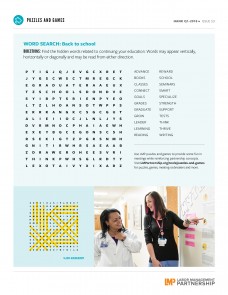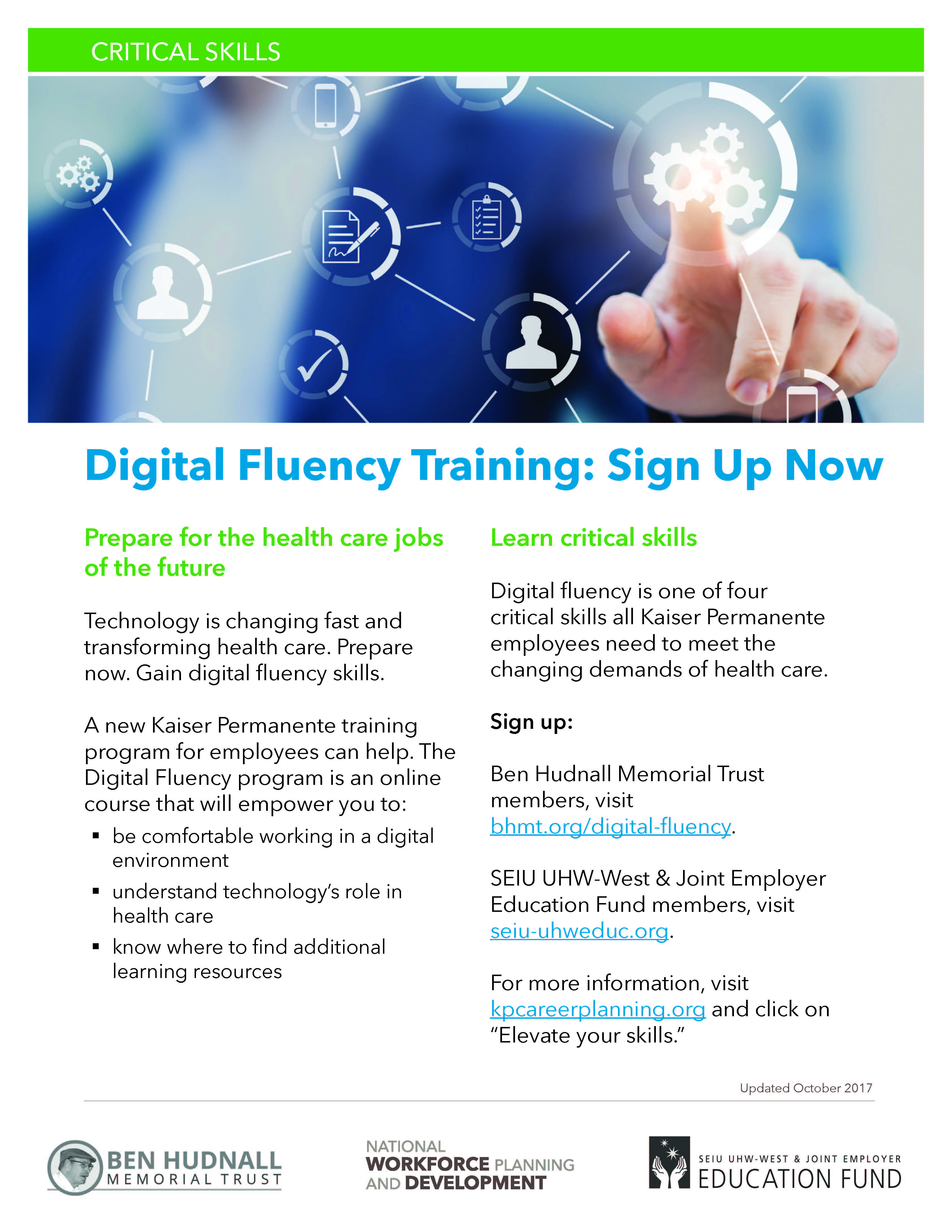Looking to stay current in the fast-changing world of health care? You’re not alone.
Kaiser Permanente leaders, labor representatives and industry experts offered insights at November’s Workforce of the Future Conference in Berkeley, California.
“We’ve made a lot of progress over the last few years,” said Monica Morris, director of National Workforce Planning and Development, who welcomed the audience of 200 labor and management representatives tasked with advancing the Labor Management Partnership’s Workforce of the Future initiative. “Now it’s time to do even more.”
Here are six strategies you can follow to prepare for the workforce of the future.
Learn new ways to work. During the Industrial Revolution, cobblers and weavers had to adapt or get left behind. This process continues today—only now, it’s happening faster, said keynote speaker Art Bilger, founder and CEO of WorkingNation, a nonprofit group seeking solutions for economic change.
“The solutions are local,” he said. “Communication of these issues and solutions is critical.”
Become lifelong learners. Skills used to last a lifetime and career paths were clear. Now there’s a new development every 18 months. Get on the cutting edge and imagine the opportunities technology provides.
“Be deeply curious. We’re all newbies,” said keynote speaker John Seely Brown, an author, scholar and former director of the Xerox Palo Alto Research Center, who gives high marks to the innovative learning approach of the new Kaiser Permanente School of Medicine.
Keep developing your career. Age is not a barrier to lifelong learning, said keynote speaker Sandi Vito, executive director of 1199SEIU Training and Employment Funds, which partners with Montefiore Health System in New York.
“People tend to think that employees in their 50s can’t aspire to career advancement,” Vito said. “It just requires different approaches. Adults learn more by doing.”
Indeed, the average age of participants in the two LMP-supported educational trusts (Ben Hudnall Memorial Trust and SEIU UHW-West & Joint Employer Education Fund) is 44.
Use available resources. Kaiser Permanente employees have many resources to advance their careers, including targeted training programs for workers represented by the Coalition of KP Unions.
To start, learn four critical skills that will be essential to the future of health care. A digital fluency program launched in October, to be followed by programs in consumer focus, collaboration and process improvement.
“We don’t know what the jobs of the future will be,” said conference facilitator Tony Borba, Northern California regional director for The Permanente Medical Group. “We need to use our resources so we are ready for changes in the workforce.”
Tap the power of partnership. As Kaiser Permanente and the Coalition of KP Unions have successfully partnered, Montefiore and 1199SEIU have developed collaborative training programs, such as community health worker apprenticeships that benefit employees, the organization and the community, said keynote speaker Lynn Richmond, Montefiore’s chief strategy officer.
Get involved. The conference produced actionable ideas such as developing a communications strategy to show the value of continuous learning and generate more on-the-job training. Other ideas included apprenticeships and reverse mentoring.
“How do we leverage the power of preceptors, mentors and the educational trusts?” said conference speaker Jessica Butz, the union coalition’s national program coordinator for Workforce Planning and Development. “This is your chance to help shape what we do at Kaiser Permanente.”


